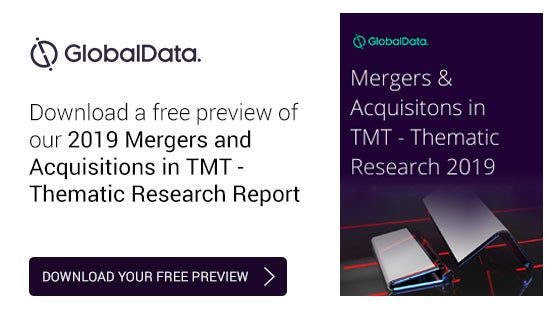DOWNLOAD WHITEPAPER
Environmental Simulation Solutions
Satellites, aeroplanes or helicopters - modern aircraft are exposed to extreme stress during use. When it comes to development, quality assurance and production of proven and new technologies, we offer high-quality solutions.
According to estimates, the commercial aircraft market will double in size over the next ten to 15 years. Satellite-controlled communication is literally already 'universal'. Fleet renewal and expansion remain an important topic in the military sector.
Download to find out more.










